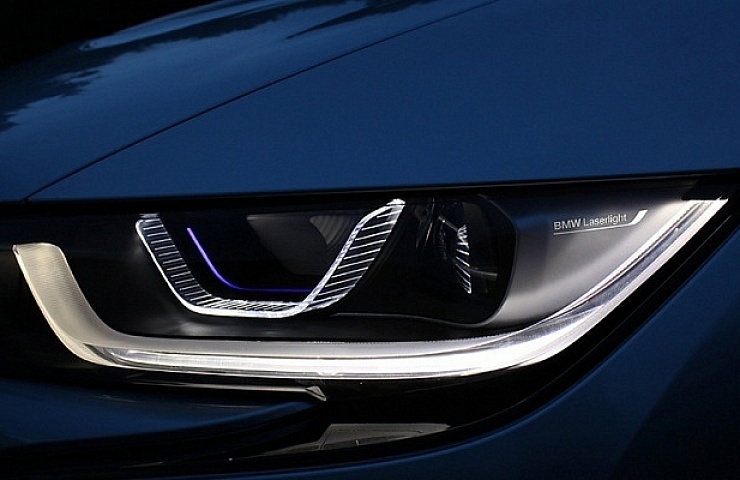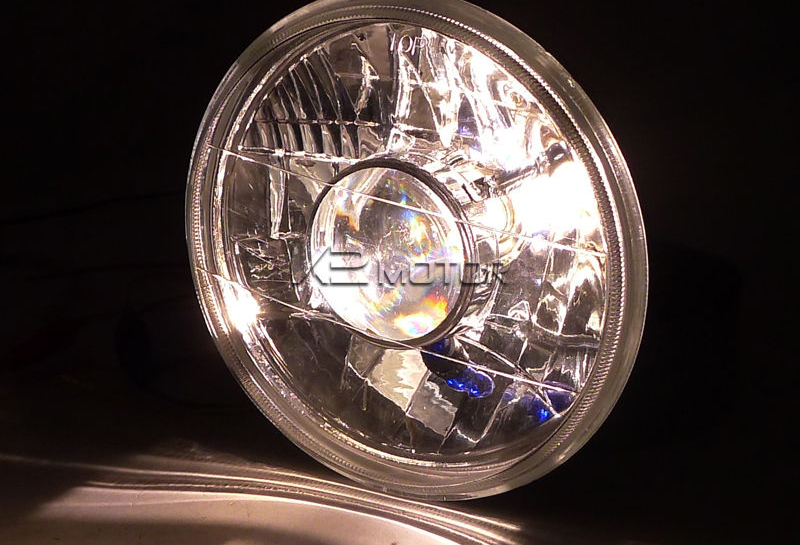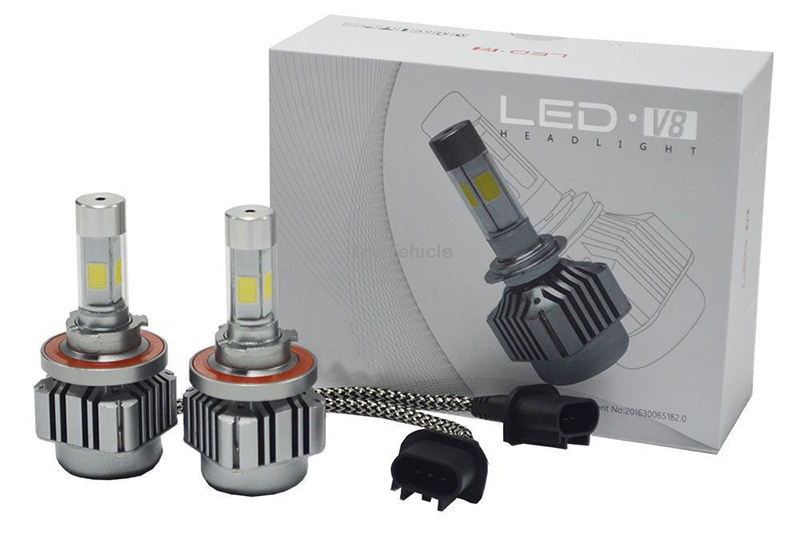Contents
New types of headlights provide brighter options for today’s motorists. Critically, that means greater visibility at night. But it requires learning the new language of 21st-century car headlights: LED headlights vs. HID vs. Projector.
Also, if you’re considering upgrading to LEDs or other bright lights, you should definitely consider how they affect other drivers. See our warning.
Also read about Headlight Restoration Kits.
Types of Headlights? Start with Halogen
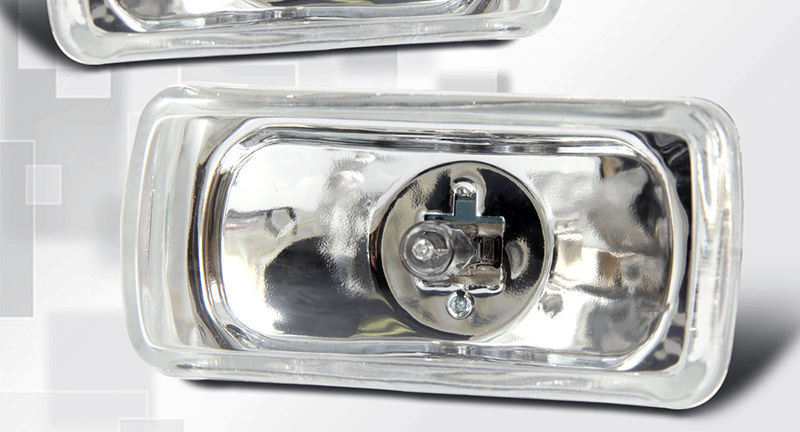
Clear halogen driving lights
Halogen lights typically provide 1,000 hours of light before they need to be replaced. It uses a combination of gasses, including chlorine, iodine, and an inert filler, to protect the tungsten element (instead of a vacuum). Think of the halogen as an advanced incandescent light that uses less energy. It has internal pressure and stronger filaments to burn brighter.
There are disadvantages to automotive halogen lights. They can get very hot—and are easily damaged by the oil from fingerprints during installation.
High-Intensity Discharge (HID) Headlights
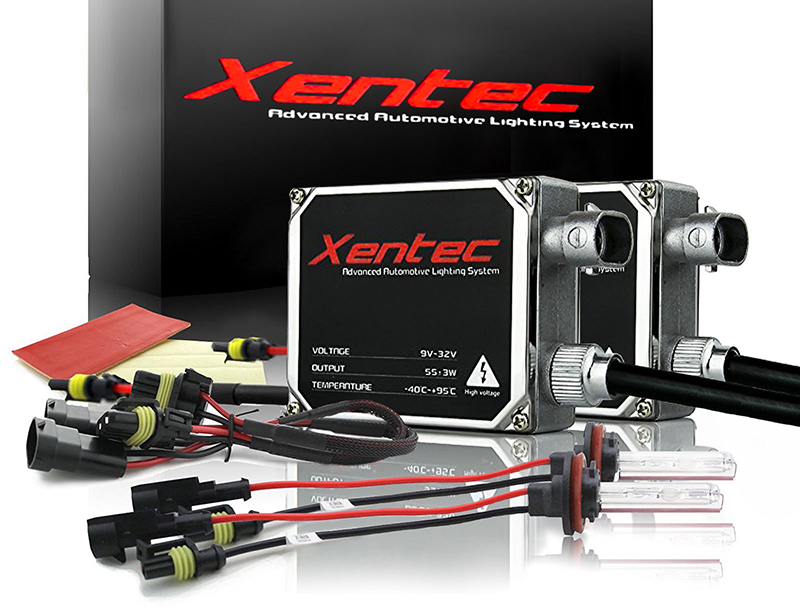
HID or xenon lights have twice the life expectancy of traditional halogen.
In limited use since the early 1990s, HID or xenon headlights have twice the life expectancy of traditional halogen. HID lights are similar to fluorescent tubes. They work by passing an electric current through a gas mixture in a glass cylinder. The earlier types heated a filament. But in an HID, electricity moves between two electrodes in the bulb (filled with a gas).
Xenon headlights are a form of HID bulbs, utilizing Xenon gas. These lights do not need a warm-up period to produce the brightest light, and the light produced is a more natural white light.
A major advance over halogens, HID or Xenon lights have twice the life expectancy. HID lights average 3,000 hours or 90,000 miles in the car, while Xenon goes for 10,000 hours.
What about the brightness of Xenon headlights? They are three times as bright as halogens and operate at low voltage. Unlike sealed-beam incandescent and halogen lights, they’re arc lamps (as in neon signs). Again, they produce more light with less energy.
If HID headlights have a disadvantage, it’s glare. That could become a safety issue, so HID Xenon headlights employ lens-cleaning systems and automatic beam leveling.
The first North American car to have HID headlights was the BMW 7-Series. A variety of cars and trucks now come with HID headlights, including the Ford F-150 and the Toyota Avalon.
Projector Lens
Sometimes known as bi-xenon (or poly ellipsoidal) lamps, projectors operate with their single bulb inside a reflector that acts as a lens to narrow and project the light beam efficiently.
An opaque shield blocks light from escaping in the wrong direction. Among all types of headlights, projectors are relatively expensive, so they mostly appear on top-end models. BMW was a pioneer. They are also available as aftermarket upgrades to HID headlights.
LED Headlights
LEDs (light-emitting diodes) are legendary for operating a long time at advanced brightness on a small amount of electricity. This type of headlight first developed in the early 1960s. But it wasn’t ready for car headlights until the blue-and-white LED was developed.
Read this: LED Headlights on Cars: Installing, Aiming, and Troubleshooting.
In a LED headlight, an electric current causes the diodes to glow. We’ve long been familiar with their use in displays. But they have many advantages for automotive lighting. Here are the pros of LED highlights:
- LED headlights don’t produce much heat.
- The yield powerful light, which is one reason they’ve become popular for brake and taillights.
- LED headlights are up to 90 percent more efficient than heat-producing halogens.
- A LED headlight can last more than 20 years.
LEDs for cars were very expensive at first, but the costs are coming down.
Halogen bulbs are replaceable with LEDs. However, be careful for multiple reasons. First, there are safety issues for other drivers. Also, some LEDs underperformed in-vehicle testing by the Insurance Institute for Highway Safety (IIHS). Consumer Reports also found in its testing that “neither LED nor HID low-beam headlights consistently illuminate more of the road ahead than halogens do.”
IIHS says that vehicles with headlights with a “good” IIHS rating have a 19 percent decrease in nighttime single-car crashes.
Adaptive-Driving Beam Headlights
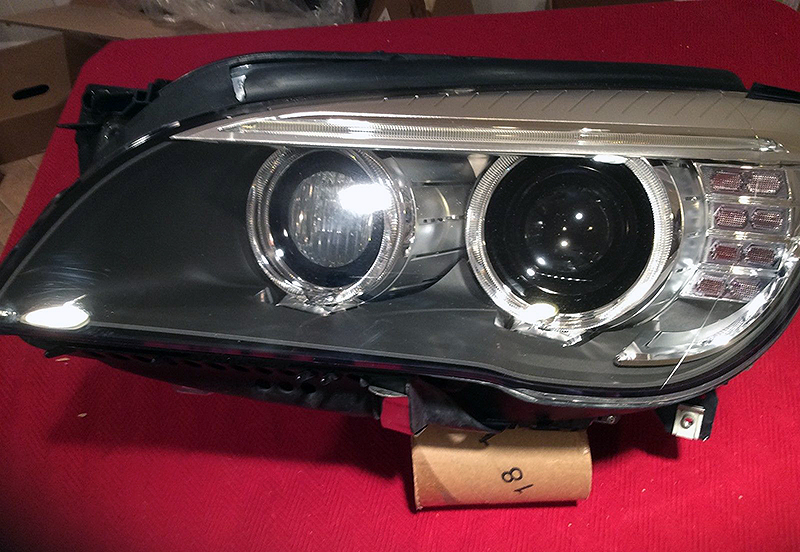
BMW adaptive headlights
Adaptive headlights are electronic devices that swivel the light in the direction the car is turning. Consider them an advance over the swiveling types of headlights that appeared on the French Citroën DS in the 1960s. The company has continued to pioneer versions of the feature: The Citroën C5 (not sold in the US) offered the first Xenon directional headlights in the early 2000s.
IIHS says that adaptive headlights lead to a 10 percent decrease in insurance claims.
Adaptive headlights are seen on European cars, including models from Porsche, Audi, Mercedes-Benz, and Volvo. They’re also trickling down to more affordable cars from Ford, Toyota, Hyundai, Honda and Subaru, usually as an extra-cost option.
Are adaptive headlights worth it? Motor Trend says:
Choosing a system that helps avoid hazardous situations seems like a worthwhile expense. Being able to see a few feet further ahead, or slightly more around a corner, could make a huge difference. An avoidable crash could cost much more than the adaptive headlight option.
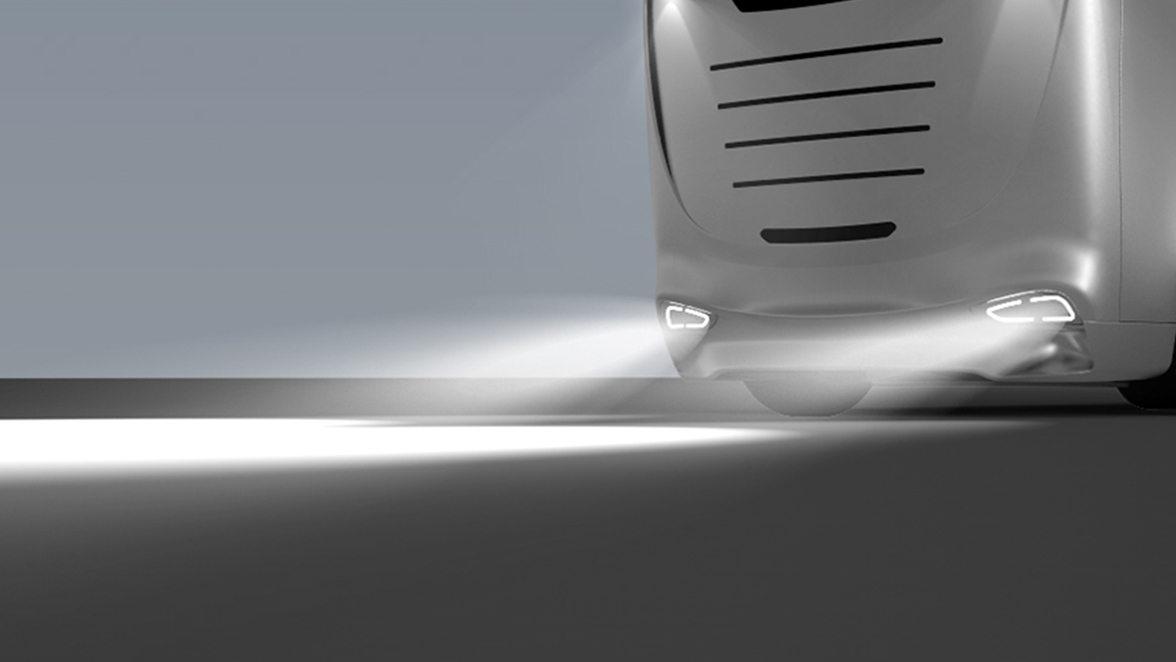
Bosch’s “intelligent headlight control” works with its LED lamps to survey oncoming traffic and dim the lights when necessary. (Bosch)
Adaptive Driving Beam (ADB) headlights stay in high-beam mode by default, but automatically dim when a sensor detects an oncoming vehicle. ADB lights were approved by NHTSA in late 2018, after they were already in use in Europe. For example, Bosch’s “intelligent headlight control” works with its LED lamps to survey oncoming traffic and estimate its distance, elevation, and other factors.
Future Types of Headlights: Laser
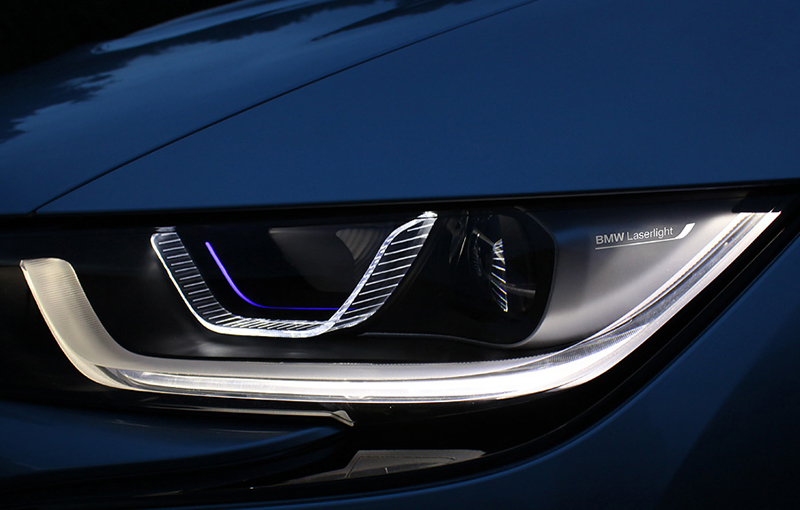
BMW laser-light headlights
We discussed LED headlights vs. HID vs. Projector. But you should also be aware of laser headlights.
A laser system uses one or more laser diodes that focus light beams on mirrors that energize a yellow phosphorous-filled lens. This produces a bright white light reflected on the roadway. Manufacturers use them for the high beam, while employing LEDs for the standard light aimed low.
Although lasers have been around for a long time, laser-based headlights are mostly a future technology for car headlights. BMW, which claims that lasers can produce light 1,000 times more powerful than LEDs, was the first automaker to use a laser in a production vehicle, the plug-in hybrid i8.
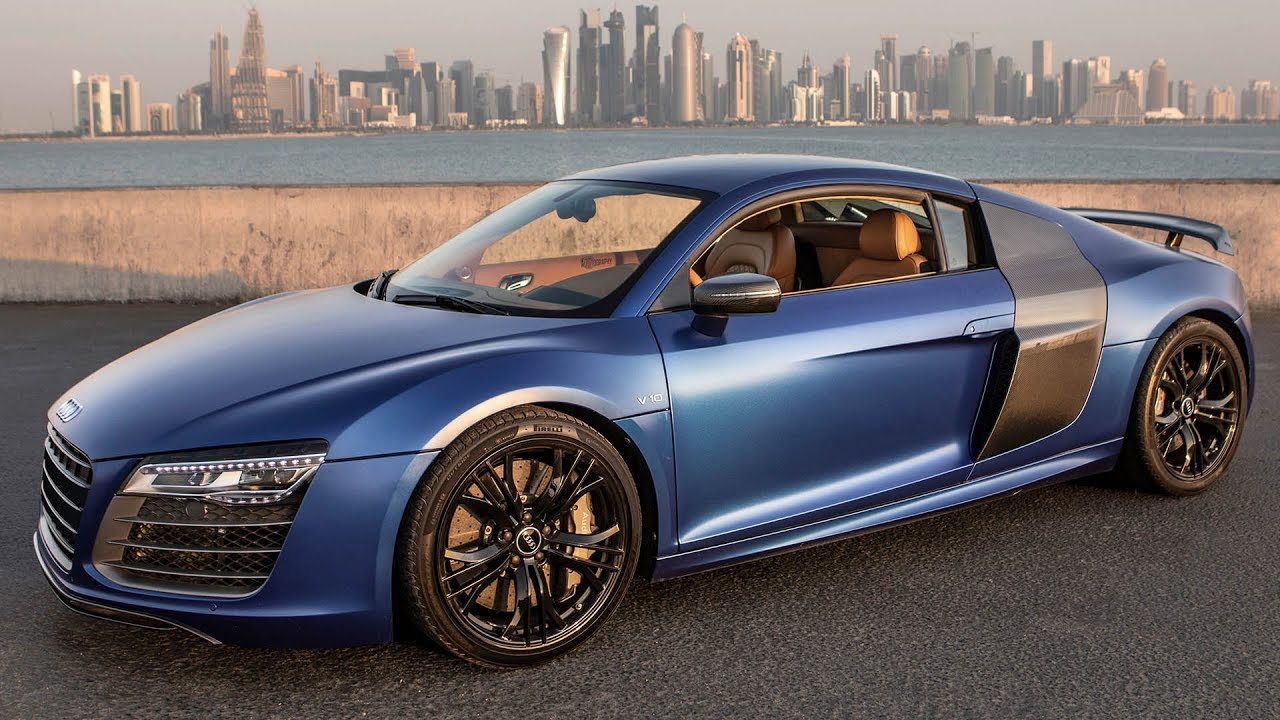
The Audi R8 LMX is an early user of laser-based headlights. (Audi)
BMW describes its “Laserlight” as “a highly efficient lighting technology with a high-beam range double that of headlights containing conventional technology.” The BMW 7-Series and Audi R8 LMX also have laser headlights.
A blue laser is beamed into phosphorous gas to produce very bright fluorescence. For example, Osram developed a system using three blue laser diodes that fire beams on mirrors that focus the energy into a phosphorous-filled lens. Future versions of laser types of headlights will likely use a single laser diode and are expected to cost only a third as much as today’s examples.

